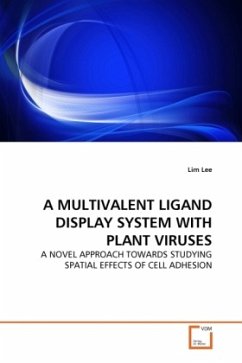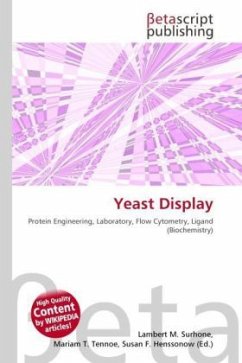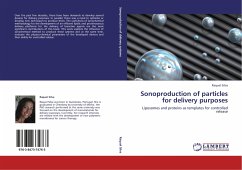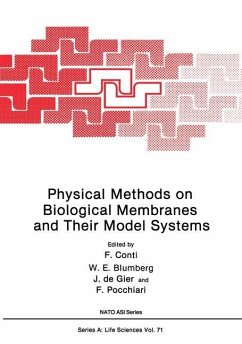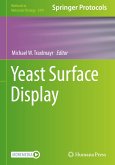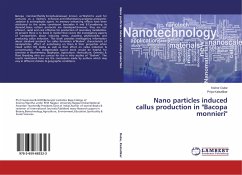Nanotechnology focuses on the miniaturization of tools for various biomedical applications such as drug delivery and cell targeting. Virus particles are ideal scaffolds to build the tools for such applications. Viruses offer boundless possibilities for chemical and genetic manipulation, contributing various shapes and sizes for scientists to harness. Chemical conjugation of carbohydrates to virus capsids allows for the engineering of cell interactions. Here, we describe the use of two virus particles for studies of these interactions. Glycoconjugates of Cowpea Mosaic Virus (CPMV) display strong binding to carbohydrate receptors and act as effective immunogens for the production of anti-carbohydrate antibodies related to various tumors. Furthermore, enzymatic synthesis of polysaccharides directly on the surface of CPMV offers facile construction and purification of cell targeting viruses. Glycoconjugates of bacteriophage QB also demonstrate high affinity for carbohydrate receptorsand remarkable affinity for a carbohydrate specific anti-HIV monoclonal antibody. Chemists and biologists will find this work valuable as a guide to the many uses of viruses in nanotechnology.
Bitte wählen Sie Ihr Anliegen aus.
Rechnungen
Retourenschein anfordern
Bestellstatus
Storno


